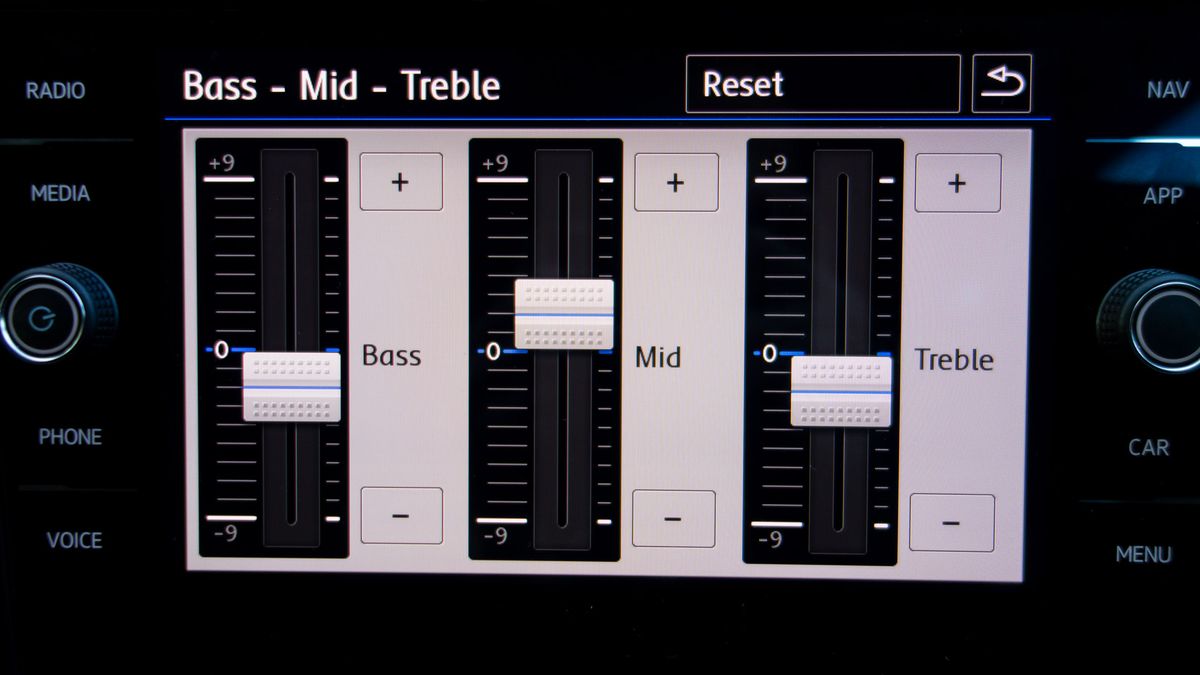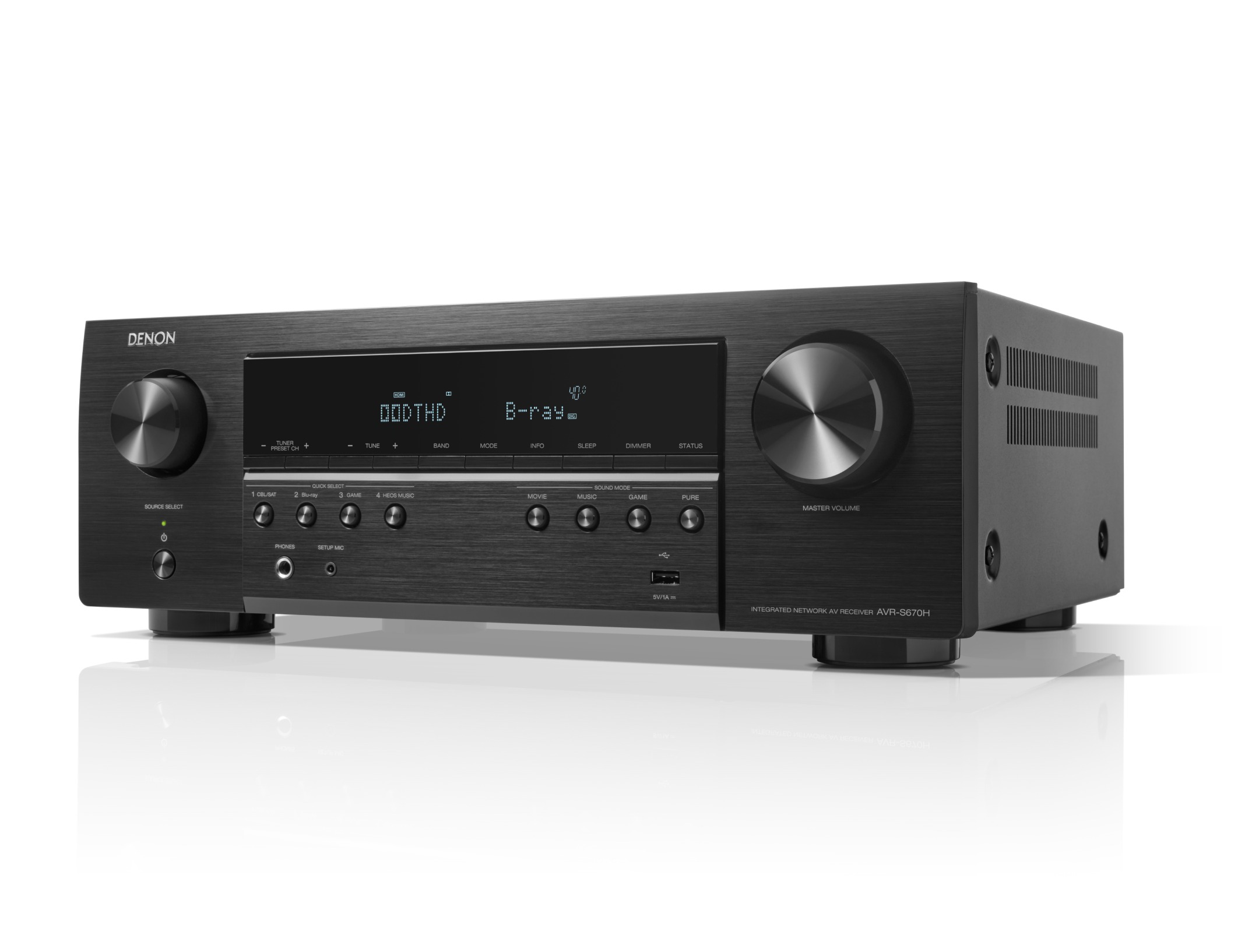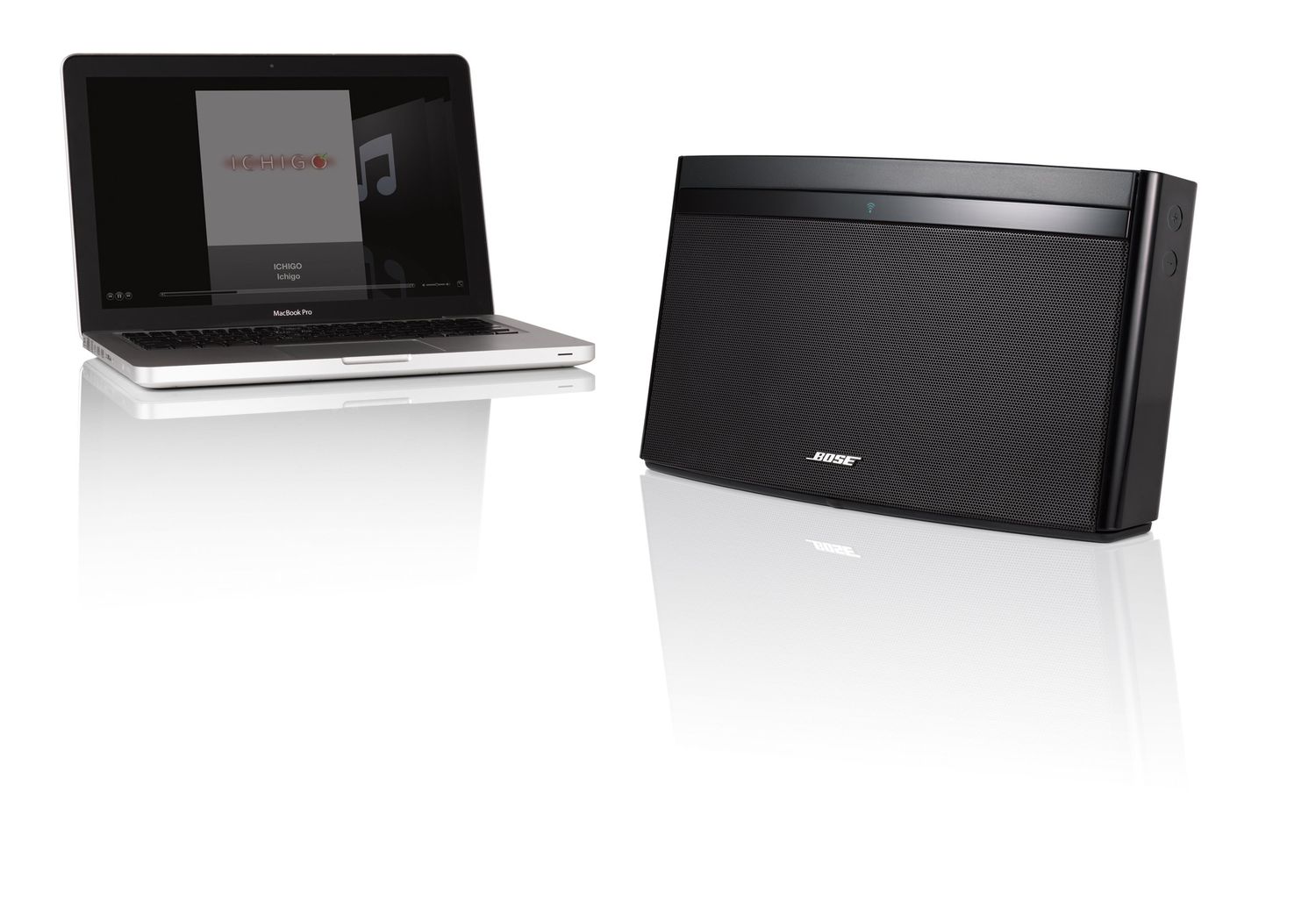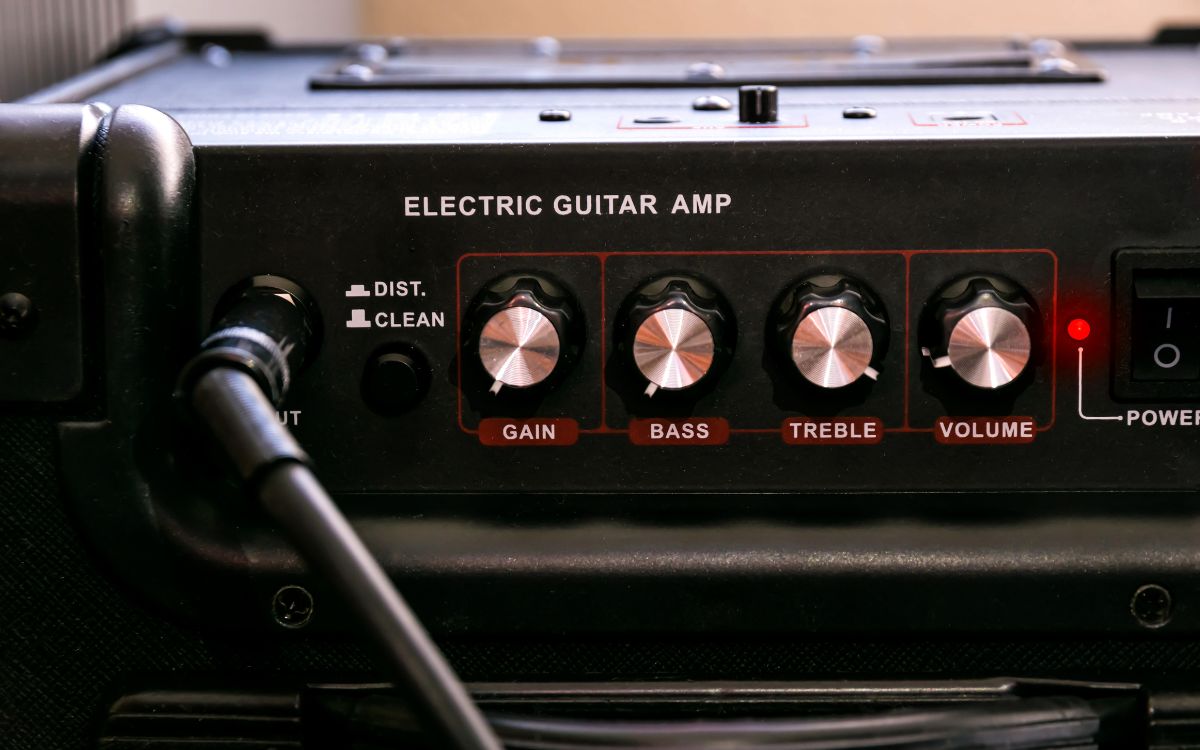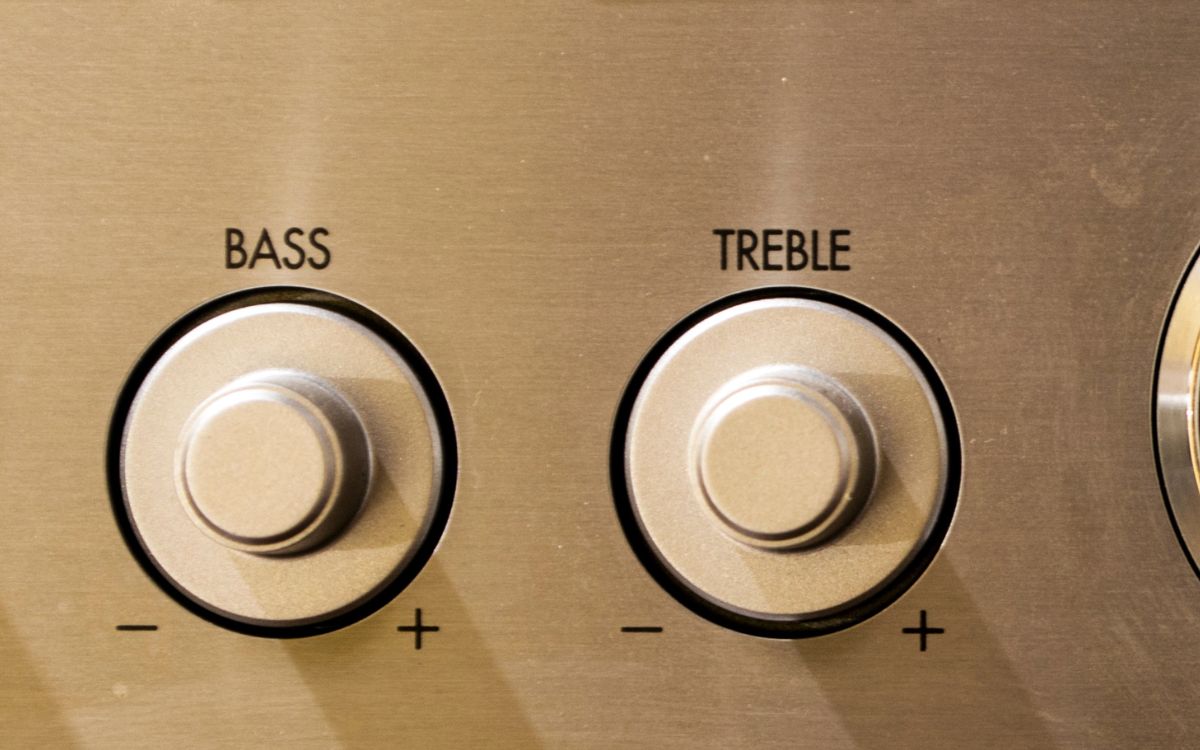Home>Production & Technology>Treble>How To Adjust Bass And Treble On A Bose Entertainment System


Treble
How To Adjust Bass And Treble On A Bose Entertainment System
Published: November 26, 2023
Learn how to adjust bass and treble on your Bose entertainment system with our step-by-step guide. Enhance your audio experience with precise treble control.
(Many of the links in this article redirect to a specific reviewed product. Your purchase of these products through affiliate links helps to generate commission for AudioLover.com, at no extra cost. Learn more)
Table of Contents
Introduction
Welcome to this comprehensive guide on how to adjust bass and treble on a Bose entertainment system. Fine-tuning the audio settings on your system is crucial to achieving the best sound experience for your preferences. Whether you want to emphasize the deep, booming bass or enhance the crisp, clear treble, understanding how to adjust these settings will allow you to customize your audio exactly the way you like it.
Bose is renowned for its superior sound quality, and their entertainment systems are no exception. With a variety of models available, each offering different features and controls, it’s important to familiarize yourself with the specific adjustments available on your particular system.
In this guide, we will walk you through the step-by-step process of adjusting the bass and treble on a Bose entertainment system. Whether you have a Bose soundbar, home theater system, or a multi-room wireless speaker setup, these steps will help you achieve the desired audio balance and immerse yourself in the ultimate sound experience.
Before we dive into the specifics, it’s important to note that while adjusting the bass and treble can greatly enhance your audio, it’s equally important to exercise moderation. Overemphasizing either end of the spectrum can result in muffled or harsh sound quality. Therefore, it’s crucial to find a balance that suits your personal preference while also maintaining overall audio clarity.
Now, let’s dive in and learn how to adjust bass and treble on your Bose entertainment system!
Step 1: Locate the Bass and Treble Controls
The first step in adjusting the bass and treble on your Bose entertainment system is to locate the controls. The location of these controls may vary depending on the model of your system. Here are a few common places to look:
- On the physical controls: Some Bose entertainment systems have physical knobs or buttons on the main unit or remote control specifically dedicated to bass and treble adjustments. Look for labels or icons indicating “Bass” and “Treble” on these controls.
- In the settings menu: For systems with digital controls, you may need to access the settings menu to find the bass and treble adjustments. This can typically be done through the on-screen display or via the Bose app if one is available for your system.
Consult your user manual or the Bose website for specific instructions on how to access the bass and treble controls for your particular model. Remember, each system may have a different interface and control layout.
Once you have located the bass and treble controls, you’re ready to move on to the next step of adjusting the levels to your preference. It’s important to understand that these are independent controls, meaning you can make different adjustments to each one to achieve your desired audio balance.
Before moving on, make sure your system is turned on and connected to your desired audio source. This will ensure that you can hear the changes you make to the bass and treble levels in real-time.
Now that you know where to find the bass and treble controls, let’s move on to the next step of adjusting the levels on your Bose entertainment system.
Step 2: Access the Audio Settings Menu
After locating the bass and treble controls on your Bose entertainment system, the next step is to access the audio settings menu. This menu allows you to make precise adjustments to the bass and treble levels. Here’s how to do it:
- If your system has a physical control panel on the main unit, look for a button labeled “Menu” or “Settings”. Press this button to access the settings menu.
- If your system is controlled by a remote, look for a dedicated “Menu” button on the remote. Press this button to bring up the settings menu on your TV screen or the system’s display (if available).
- For systems with digital controls, you may need to navigate through an on-screen display using the arrow keys or a touchscreen interface. Look for an option that says “Audio Settings” or something similar.
- If your Bose entertainment system has an accompanying app, open the app on your smartphone or tablet. Navigate to the settings section, usually represented by a gear or menu icon. Look for an option related to audio settings.
Once you have accessed the audio settings menu, you’re one step closer to adjusting the bass and treble levels. Take a moment to familiarize yourself with the available options and settings.
Keep in mind that the specific terminology used in the settings menu may vary depending on your Bose model. Look for options related to “Bass” and “Treble” or any other variations that allow you to adjust the low and high-frequency levels of your audio.
Now that you know how to access the audio settings menu, let’s move on to the next step of adjusting the bass levels on your Bose entertainment system.
Step 3: Adjust the Bass Levels
Now that you have accessed the audio settings menu on your Bose entertainment system, it’s time to adjust the bass levels. Here’s how to do it:
- Navigate to the option that allows you to adjust the bass levels. This option may be labeled as “Bass” or “Low Frequencies”. If you’re unsure, refer to your system’s user manual or on-screen instructions for guidance.
- Once you’ve found the bass adjustment option, use the designated control, whether it’s a knob, arrow keys, or a touchscreen interface, to increase or decrease the bass levels. Move the control to the right to increase the bass, and to the left to decrease it.
- Make incremental adjustments to the bass levels and listen to the changes. It’s recommended to make small adjustments and test the sound quality after each change to find the optimal bass balance.
- If your system has a visual representation of the audio spectrum, such as a graphical equalizer, you can use it as a reference to ensure the bass levels are balanced.
- Continue adjusting the bass levels until you achieve your desired sound. Remember, it’s important to find a balance that suits your preference without overpowering other audio frequencies.
Once you are satisfied with the bass adjustments, you can move on to the next step of adjusting the treble levels on your Bose entertainment system.
Keep in mind that the specific interface and controls may vary depending on your Bose model. Refer to your system’s documentation for detailed instructions if needed.
Now that you know how to adjust the bass levels, let’s move on to the next step of adjusting the treble levels on your Bose entertainment system.
Step 4: Adjust the Treble Levels
After fine-tuning the bass levels on your Bose entertainment system, it’s time to adjust the treble levels to achieve the desired audio balance. Follow these steps to adjust the treble:
- In the audio settings menu, look for the option that allows you to adjust the treble levels. This may be labeled as “Treble” or “High Frequencies”. Consult your system’s user manual or on-screen instructions if you’re unsure.
- Once you’ve located the treble adjustment option, use the designated control, such as a knob, arrow keys, or touchscreen interface, to increase or decrease the treble levels. Move the control to the right to increase the treble, and to the left to decrease it.
- Similar to adjusting the bass, make incremental adjustments to the treble levels and listen to the changes. Take note of how the sound becomes crisper or softer as you make adjustments.
- If your system provides a visual representation of the audio spectrum, such as a graphical equalizer, you can use it as a reference to ensure the treble levels are well-balanced.
- Continue making adjustments until you find the optimal treble balance that complements the bass levels and fits your listening preference. Remember, moderation is key to avoid overly bright or harsh audio.
Once you are satisfied with the treble adjustments, remember to save the changes in the audio settings menu, as some systems may require confirmation to apply the new settings.
It’s important to note that the interface and controls may differ depending on your Bose model. Refer to the user manual or on-screen instructions for specific guidance.
Now that you know how to adjust the treble levels, let’s move on to the next step of saving and applying the changes to your Bose entertainment system.
Step 5: Save and Apply the Changes
After adjusting the bass and treble levels on your Bose entertainment system, it’s important to save and apply the changes to ensure they are reflected in your audio playback. Here’s how to save and apply the adjustments:
- Check if your system has a dedicated “Save” or “Apply” button in the audio settings menu. Press this button to confirm and save the changes you made to the bass and treble levels.
- If there is no specific save button, exit the audio settings menu by pressing the corresponding button or navigating back to the main menu. Your system may automatically save the changes when you exit the settings menu.
- Some Bose models may require a system restart or power cycle for the adjustments to take effect. Refer to your user manual or on-screen instructions to determine if this step is necessary.
Once you have saved and applied the changes, your Bose entertainment system will now play audio with the adjusted bass and treble levels. Take a moment to enjoy the enhanced sound experience and listen for any improvements or adjustments you may want to make.
Remember, fine-tuning the bass and treble requires some experimentation and personal preference. Don’t hesitate to make further adjustments if needed until you achieve your desired audio balance.
Now that you’ve saved and applied the changes, let’s move on to the final step of testing the adjustments on your Bose entertainment system.
Step 6: Test the Adjustments
Now that you have adjusted the bass and treble levels on your Bose entertainment system and saved the changes, it’s time to put them to the test. Testing the adjustments allows you to evaluate the impact of the changes and make any necessary fine-tuning. Here’s how to properly test the adjustments:
- Play a variety of audio content on your system, such as music, movies, or TV shows, to get a comprehensive understanding of how the adjustments affect different types of audio.
- While listening to the audio, pay close attention to the low-frequency sounds impacted by the bass adjustments. Observe if the bass is too overpowering, lacking presence, or perfectly balanced with the rest of the audio.
- Similarly, focus on the high-frequency sounds influenced by the treble adjustments. Listen for clarity, crispness, or any signs of distortion caused by excessive treble levels.
- Make note of any areas where the bass or treble may need further adjustment. If the bass feels overpowering, try reducing the bass level slightly. If the treble sounds too harsh, consider decreasing the treble level as well.
- Continue testing and fine-tuning the adjustments until you are satisfied with the overall sound quality and audio balance on your Bose entertainment system.
Don’t be afraid to repeat the testing process multiple times and make small incremental adjustments to achieve your desired audio experience. Remember that everyone’s preference varies, and it’s important to cater the adjustments to your personal taste.
Congratulations! You have successfully adjusted the bass and treble levels on your Bose entertainment system and tested the changes. Enjoy your optimized sound experience and immerse yourself in the audio quality that best suits your preferences!
With the knowledge gained through this guide, you can now confidently customize the audio on your Bose system for an enhanced listening experience. Whether you prefer deep, booming bass or crisp, clear treble, you have the power to fine-tune your system to your liking.
Conclusion
Adjusting the bass and treble on your Bose entertainment system is a fantastic way to personalize your audio experience. By following the step-by-step guide outlined in this article, you now have the knowledge and tools to fine-tune the audio settings to your liking.
Remember to locate the bass and treble controls on your particular Bose model, whether it’s through physical buttons or in the settings menu. Access the audio settings menu and make gradual adjustments to the bass and treble levels, testing the changes as you go.
It’s essential to find a balance that enhances your audio without overpowering other frequencies. Take your time to experiment, listen to different types of content, and make small incremental adjustments to achieve your desired sound.
Once you’re satisfied with the adjustments, be sure to save and apply the changes. Test the adjusted levels by playing various audio content to ensure the audio balance is to your liking. If necessary, make further fine-tuning until you achieve the perfect sound experience.
Remember, each person’s preference is unique, so don’t be afraid to experiment and find the settings that work best for you. By customizing the bass and treble levels on your Bose entertainment system, you can truly enjoy a tailored audio experience that immerses you in your favorite music, movies, or TV shows.
Now that you have the knowledge and understanding of how to adjust bass and treble on your Bose entertainment system, go ahead and put it into practice. Elevate your audio experience and discover the full potential of your Bose system by creating the perfect audio balance that complements your personal taste.

